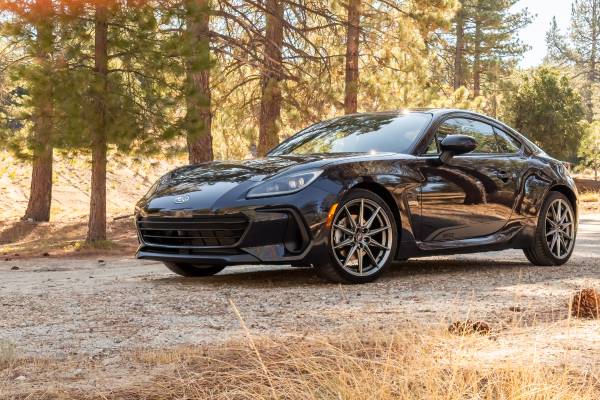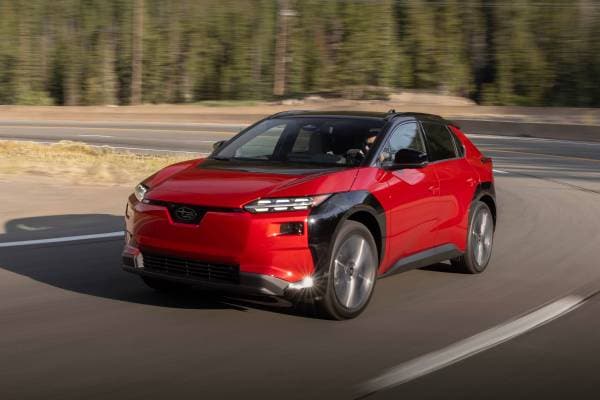The Outback's standard 2.5-liter four-cylinder engine provides 182 horsepower and 176 lb-ft of torque. Power is up slightly compared to last year, but passing maneuvers and freeway merges still take some planning. The main advantage here is fuel economy. Subaru expects this engine to get 33 mpg on the highway.
Want more power? The new optional turbocharged 2.4-liter four-cylinder is where it's at. A replacement for the previous six-cylinder, this engine puts out 260 horsepower and 277 lb-ft of torque. It revs quickly and imbues the Outback with impressively quick acceleration.
Both engines come standard with a continuously variable automatic transmission (CVT). Subaru has done a nice job tuning the CVT automatic, too. The typical CVT downsides of an elastic-style power delivery and a droning engine during hard acceleration are largely absent here.
When driving around turns, this Outback is downright nimble, changing direction quickly and precisely. The steering wheel is well-weighted and feels robust in your hands. Handling capabilities are among the best you'll find in this class of vehicle.
Off-road, the Outback is just as trail-friendly as it has ever been. The 8.7 inches of ground clearance and standard all-wheel-drive system mean that gravel and dirt roads are no issue. You can even take on the tougher stuff by using the Outback's X-Mode system that operates hill descent control and selectable traction-control modes for snowy or muddy conditions.
The Outback isn't as rugged as a traditional SUV such as the 4Runner or Jeep Grand Cherokee, but there are few campsites that it can't reach.









